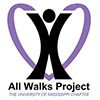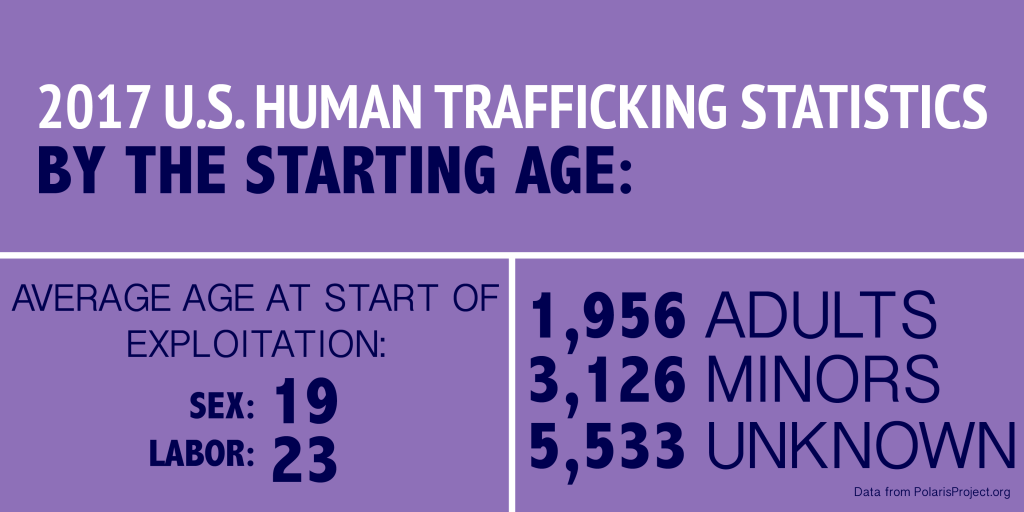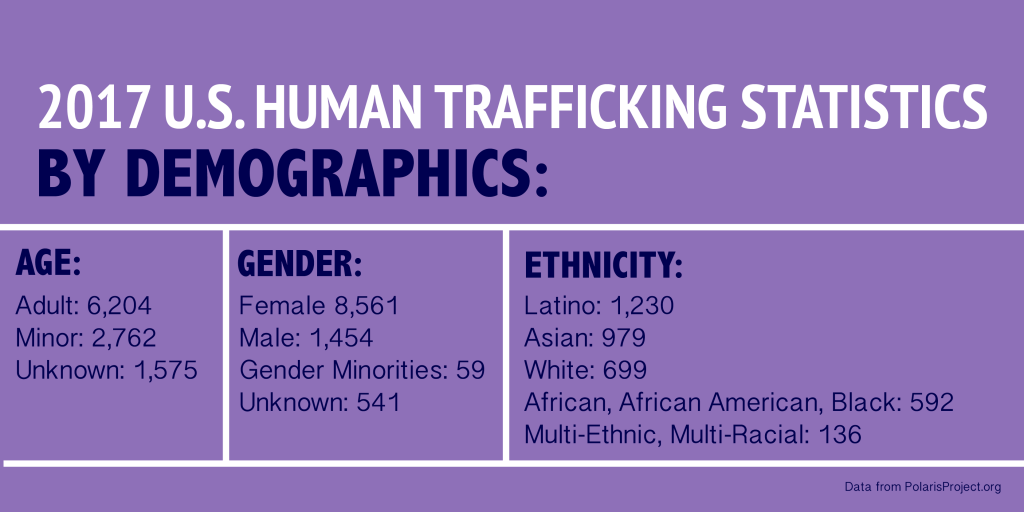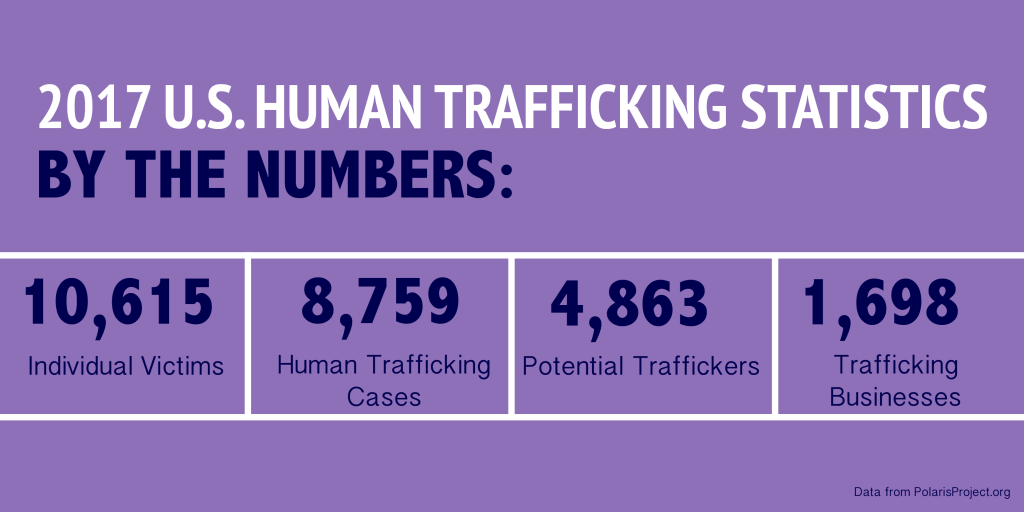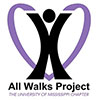
What is Human Trafficking?
Human trafficking is the equivalent to modern-slavery slavery where victims are used through force, fraud, or coercion into the sex or labor industry. The Polaris Project, a non-profit dedicated to fighting human trafficking and providing resources to victims, estimates human trafficking is a multi-billion dollar industry affecting almost 25 million people around the world.
Human trafficking affects our local communities, even Oxford, Mississippi. Despite this issue’s prevalence, there is a lack of awareness on campus about human trafficking. All Walks Ole Miss aims to initiate conversations about this issue to educate students about risk factors and warning signs as well as to correct common misconceptions about trafficking. It is our hope that by starting these conversations on campus, students will then go on raise awareness throughout Mississippi.
Currently, the state of Mississippi is not doing enough to help victims or prosecute traffickers. Public awareness is the first step towards making legislative changes. Students on campus are an at-risk population. Our goal will be to help educate peers in Oxford who will then in turn help spread awareness throughout Mississippi and the United States.
Labor Trafficking Vs. Sex Trafficking
Labor traffickers use violence, threats, lies, debt bondage and other forms of intimidation to force people to work against their will.
Labor traffickers often make false promises of a high-paying job or exciting education or travel opportunities to lure people into appalling working conditions. Victims find that the reality of their jobs proves to be far different than promised and must frequently work long hours for little to no pay. Their employers exert such physical or psychological control – including physical abuse, debt bondage, confiscation of passports or money – that the victim believes they have no other choice but to continue working for that employer.
U.S. citizens, foreign nationals, men, women, and children can be victims of labor trafficking. Vulnerable populations are frequently targeted by traffickers. Immigration status, recruitment debt, isolation, poverty, and a lack of strong labor protections are just some of the vulnerabilities that can lead to labor trafficking.
Labor trafficking occurs in numerous industries in the U.S. and globally. In the United States, common types of labor trafficking include people forced to work in homes as domestic servants, farmworkers coerced through violence as they harvest crops, or factory workers held in inhumane conditions. Labor trafficking has also been reported in door-to-door sales crews, restaurants, construction work, carnivals, and even health and beauty services.
Sex traffickers use threats, manipulation, lies, debt bondage, and other forms of coercion to pressure adults and children to engage in commercial sex acts against their will. Under U.S. law, any minor under the age of 18 forced into commercial sex is a victim of sex trafficking — regardless of whether or not the trafficker used force, fraud, or coercion.
The situations that sex trafficking victims face vary. Many victims can become romantically involved with someone, then that someone forces or manipulates them into prostitution. Other victims are pulled in with false promises of a job, such as modeling or dancing. Some are forced by their parents or other family members into sex. They may be involved in a trafficking situation for a few days or weeks, or may remain in the same trafficking situation for years.
Victims of sex trafficking can be U.S. citizens, foreign nationals, men, women, children, and LGBTQ individuals. Susceptible populations that are frequently targeted by traffickers include runaway and homeless youth, as well as victims of domestic violence, sexual assault, war, or social discrimination.
Sex trafficking occurs in a range of venues including fake massage businesses, via online ads or escort services, in residential brothels, on the street or at truck stops, or at hotels and motels.
Warning signs:
The following is a list of potential indicators of human trafficking. The list is not exhaustive and not all indicators on the list are present in every case.
– Visible tattoos on wrist/neck (Branding)
– Presence of an overly controlling or abusive boyfriend/girlfriend
– Uses language of “the life” of the commercial sex industry. such as calling a boyfriend “daddy” or referring to the streets as “the track”
– Inability to look in the eyes or at the face of others, especially the significant other
– Exhibits sudden change in behavior (example: student who is outgoing and social becomes withdrawn)
– Has an explicitly sexual online profile on social networking sites
– Frequent, unexcused, truancy, or inability to regularly attend school/events
– Indicates that food is limited or controlled in any way
– Exhibits drastic changes in academic performance
– Has numerous inconsistencies when talking about his/her life outside of school
